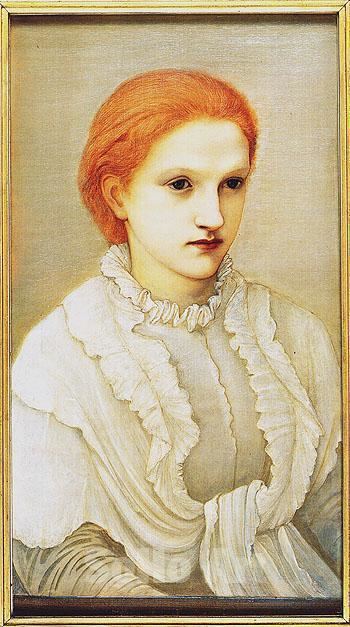Name Frances Balfour | Books Dr. Elsie Inglis | |
 | ||
Died February 25, 1931, London, United Kingdom | ||
Lady Frances Balfour (née Campbell; 22 February 1858 – 25 February 1931) was one of the highest-ranking members of the British aristocracy to assume a leadership role in the women's suffrage movement. Balfour was president of the National Society for Women's Suffrage from 1896 to 1914. As a non-violent suffragist, she was opposed to the militant actions of the Women's Social and Political Union, the suffragettes.
Contents
Life
The tenth child of British Liberal politician and Scottish peer George Douglas Campbell, 8th Duke of Argyll, and his wife, Lady Elizabeth Sutherland-Leveson-Gower (eldest daughter of the 2nd Duke of Sutherland), she was born at Argyll Lodge in Kensington, London. Lady Frances Campbell was handicapped by a hip joint disease and from early childhood was in constant pain and walked with a limp. Her parents were involved in several different campaigns for social reform. She reportedly helped with these campaigns as a child, for example by knitting garments to be sent to the children of former slaves after slavery was formally banned by the government within the British territories in 1833.
In 1879 she married Eustace Balfour, a heavy drinker who later became an alcoholic. Eustace's uncle, Lord Salisbury, had three terms as Britain's prime minister. Eustace's elder brother, Arthur Balfour, was also a Conservative British prime minister from 1902 to 1905. However, in opposition to the Conservative politics of her in-laws, Frances, along with both her parents, supported Liberal statesman William Gladstone and his government. Lady Frances Balfour and her husband never overcame these political differences and spent less and less time together.
She died in London on 25 February 1931 from bronchial pneumonia and heart failure, and was buried at Whittingehame, the Balfour family home in East Lothian, Scotland.
Lyceum Club
The writer Constance Smedley had decided to start a new type of club for women. Another proposed founder, Jessie Trimble, proposed that the new club be called the Lyceum Club, and the new committee arranged for Smedley to meet Lady Balfour. The committee had decided to extend their net for new members from writers, to professional women and even the daughters or wives of prominent men. Balfour agreed to lead the new club and served as their chair for 15 years.
